We all love to cheer for the underdog — a position AMD relishes in the GPU space. That’s especially true when Nvidia continues to increase its prices to astronomic new heights. More than that, when going to buy a new graphics card for your system, there are some legitimate reasons to go Team Red.
And yet, there’s a reason Nvidia continues to dominate. As much as I hate to admit it, right now, there’s no question that Nvidia has the upper hand.
DLSS and Reflex

It’s impossible to discuss the rivalry between AMD and Nvidia without talking about some of the Nvidia-exclusive technologies. This includes things like Deep Learning Supersampling (DLSS) and Nvidia Reflex.
DLSS came to be with the creation of Nvidia’s RTX 20-series, but it got a major boost in the next two generations. Before, DLSS would utilize AI to upscale lower-resolution images without straining the graphics card. This allows games to run at higher frames per second (fps) while even boosting the quality of the visuals.
Sure, there are some visual artifacts, but all in all, DLSS has always been one of the things Nvidia got to brag about.
And then, DLSS 3 came along.
DLSS 3 offers major improvements over the previous versions. Aside from the Super Resolution factor (which is just upscaling tech), it also offers frame generation on RTX 40-series graphics cards. This can mean a massive boost in frame rates.
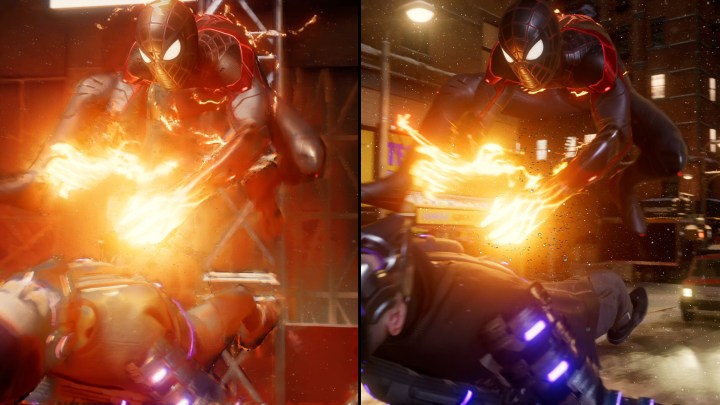
On paper, it’s also not supposed to lower your overall performance, so you’re essentially getting twice or thrice the fps with DLSS 3. Of course, as mentioned, visual artifacts can (and do) happen, but the overall result is pretty great.
Nvidia’s bag of tricks also contains Reflex, a latency-cutting technology. Nvidia Reflex lowers the time it takes for inputs from your mouse to reach your display. Some gamers won’t care for it too much, but if you’re into competitive shooters and esports titles, Reflex can help you save some precious latency while having no negative impact on the performance of your rig.
DLSS only works on RTX graphics cards, and DLSS 3 is reserved for the latest 40-series GPUs. Reflex is available on a much larger number of cards, though — anything including the GTX 900 and above will do.
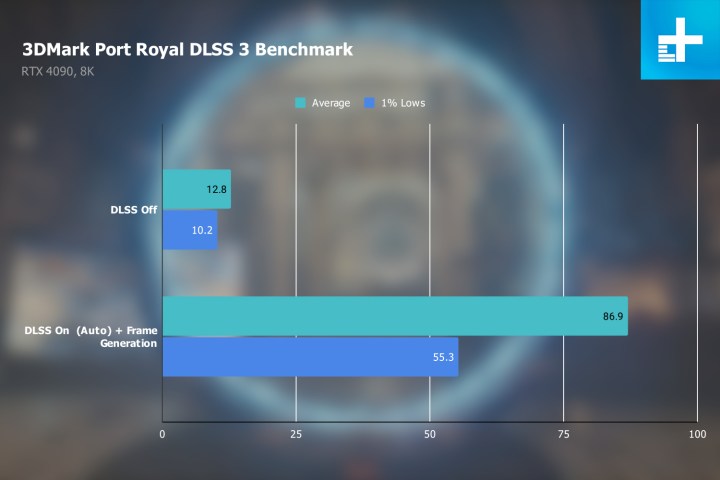
AMD’s answer to DLSS is FidelityFX Super Resolution (FSR and FSR 2.0). While the tech is strong in its own way, DLSS (and especially DLSS 3) remains in the lead in this generation. Nvidia has had a headstart in AI-related tasks, having optimized its GPUs both on the software and the hardware sides to be able to support things like DLSS and ray tracing. AMD is not quite there yet, but it is planning to introduce frame generation in FSR 3.0, which will be interesting to see.
At this point, it’s almost like Nvidia is selling DLSS instead of the GPUs themselves — that’s how powerful the tech is.
Ray tracing

Ray tracing is a rendering technique responsible for simulating realistic shadows, reflections, and lighting. It makes games look better — sometimes far, far better — but of course, it comes at a price.
Real-time ray tracing in games is computationally expensive and taxing; running a game like Cyberpunk 2077 with ray tracing enabled is hard on the GPU and often doesn’t end well. Only the most powerful GPUs can handle that and still deliver high fps.
Nvidia is the long-reigning ruler of the ray tracing scene. Sure, AMD cards offer ray tracing, but they’re never good enough to keep up with their Nvidia equivalents. And this is true even now when the RX 7000-series brought some improvements to AMD’s ray tracing performance.
Enabling ray tracing increases immersion and brings a new level of realism to games, so it has been a big selling point for Nvidia in the last couple of generations. This is because Nvidia is ready for ray tracing on a hardware level. Nvidia’s RTX cards come with ray tracing (RT) cores, which support hardware-accelerated ray tracing. AMD has its Ray Accelerators, and that helps, but it’s usually not enough.
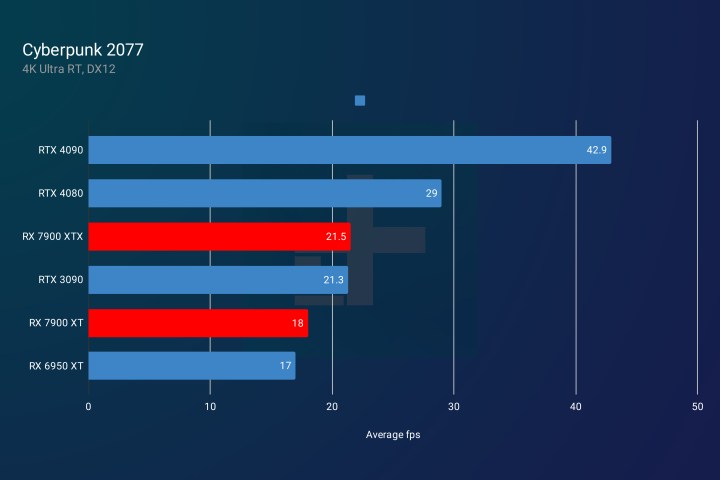
Let’s compare the ray tracing on the RX 7900 XTX to the RTX 4080, which is the closest in terms of performance. While the RX 7900 XTX does better than the previous-gen flagship (RX 6950 XT), it’s still nowhere near the same level as Nvidia.
When running Cyberpunk 2077 in 4K and at ultra settings, the RTX 4080 is able to maintain 29 fps on average. The RX 7900 XTX lags behind with 21.5 fps. The gap gets smaller or bigger in some games, but it’s always there.
Long story short, if you want ray tracing and acceptable (or high) frame rates, you still need to stick to Nvidia.
Raw performance
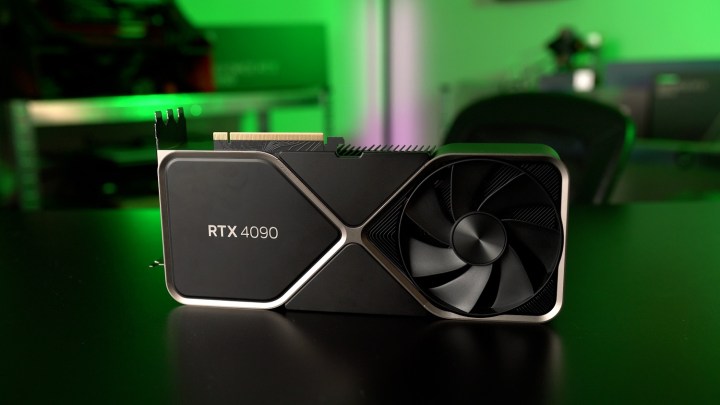
If all you’re angling for is pure performance, you’d probably best set your sights on Nvidia right now. After all, it’s Nvidia that has the undisputed king of all graphics cards, the RTX 4090.
Is the RTX 4090 worth the money? Not unless you don’t care about the budget side of things; there are better deals from both Nvidia and AMD if you want to aim for value. However, if you’re okay with spending $1,600 on a graphics card, the RTX 4090 is the GPU to go with.
This is the only graphics card that will never flinch when you make it run the latest games on 4K with ray tracing enabled. A smooth gaming experience is guaranteed all across the board (apart from poorly optimized games, such as Jedi: Survivor).
AMD does not have an RTX 4090 equivalent, and if interviews are to be believed, it’s not planning to make one. As such, AMD is only competing against the RTX 4080 and the RTX 4070 Ti.
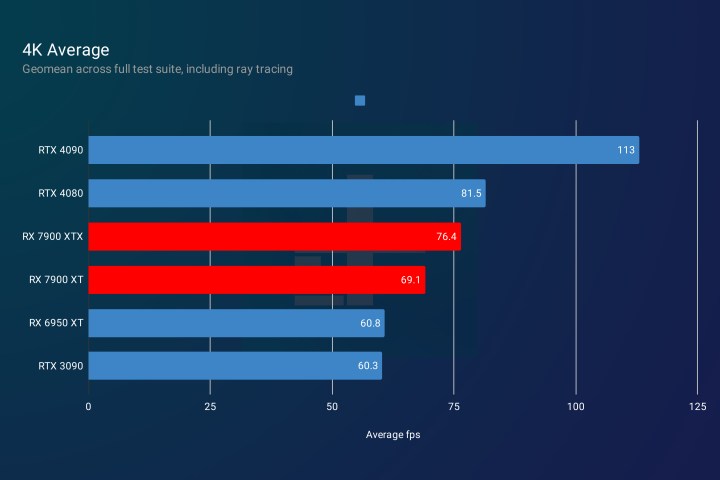
If we compare the RX 7900 XTX and the RX 7900 XT to their Nvidia rivals, there’s more to talk about than just straight-up praise for Team Green. AMD can stand its ground, but the RTX 4080 still wins, especially if you care about ray tracing.
The RTX 4070 Ti finds itself in a weaker position, often ending up slightly slower than the RX 7900 XT. It’s also not quite as good at ray tracing as its more expensive sibling. However, access to Nvidia’s DLSS 3 can make for a good argument in its favor.
AMD has an uphill battle

AMD is in a tough spot right now; Nvidia is dominating the GPU landscape in terms of performance. Value and price are something else entirely — AMD cards are cheaper, but they also don’t have quite as much to offer to the more demanding consumers. AMD’s last-generation GPUs are often seen as better value than the new cards, too. The same applies to some Nvidia GPUs, but not to the same extent.
Despite having a solid RX 6000-series and now two decent RX 7000 cards, AMD also still has a bad rep for its weaker drivers. It’s no longer true to the same extent as it used to be, though. Both Nvidia and AMD have had their share of driver slip-ups, but those problems are nowhere near as prevalent as social media would have you believe. Still, this is often used as an argument against AMD.
Strange prejudices aside, I still have to say, with a heavy heart, that Nvidia is usually the better pick right now. AMD’s portfolio of current-gen cards is small, and Nvidia beats it in performance and capabilities, not to mention AI and machine learning.

If you’re still not convinced, let’s talk numbers. DLSS 3 was able to elevate the $600 RTX 4070 above almost every single other GPU when running Cyberpunk 2077 in 4K, with ultra settings and ray tracing. The RTX 4070 averages 73 fps in this test, whereas the RTX 4080 without DLSS 3 lags behind with an unplayable 29 fps.
Still torn? The choice is simple — if you want the best you can get, go for Nvidia. Even if you’re not buying an RTX 4090, you’ll still enjoy all the RTX-only goodies, although it may cost you a few hundred more dollars.




